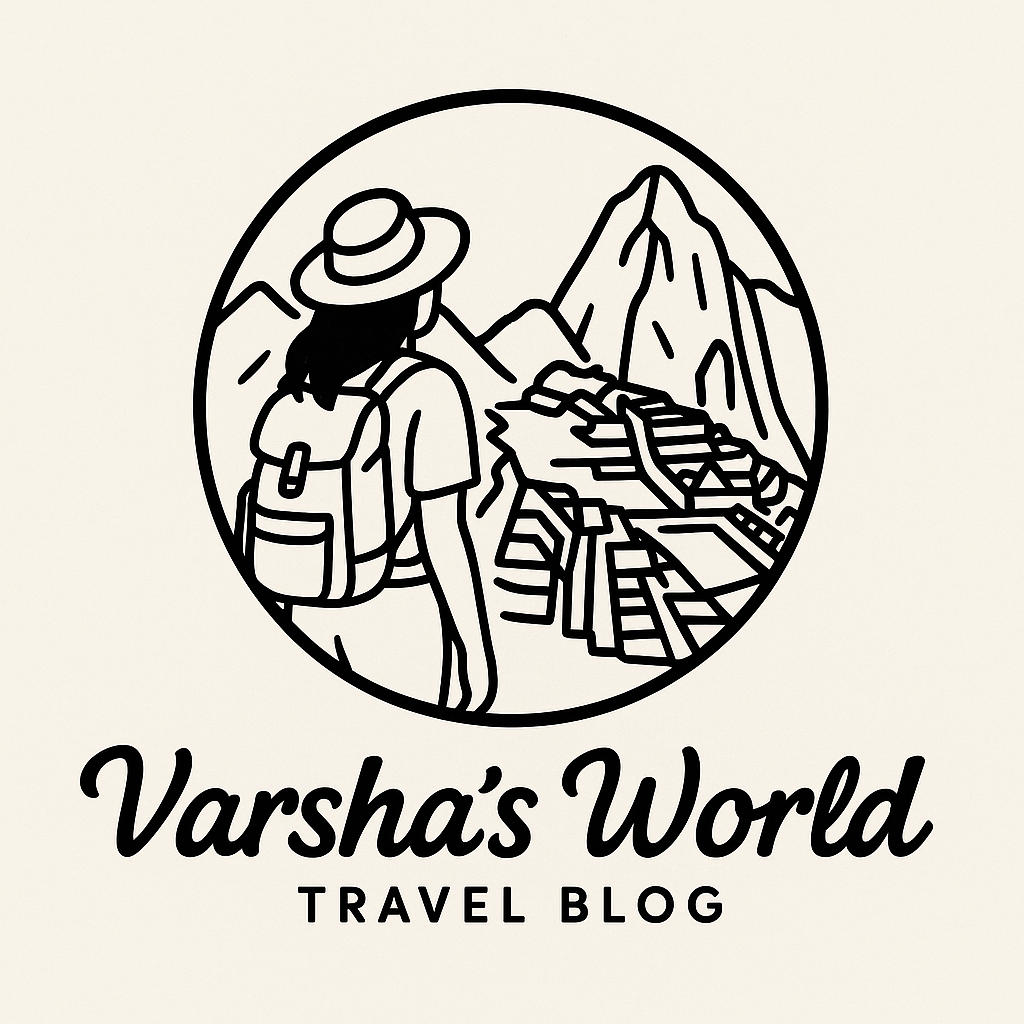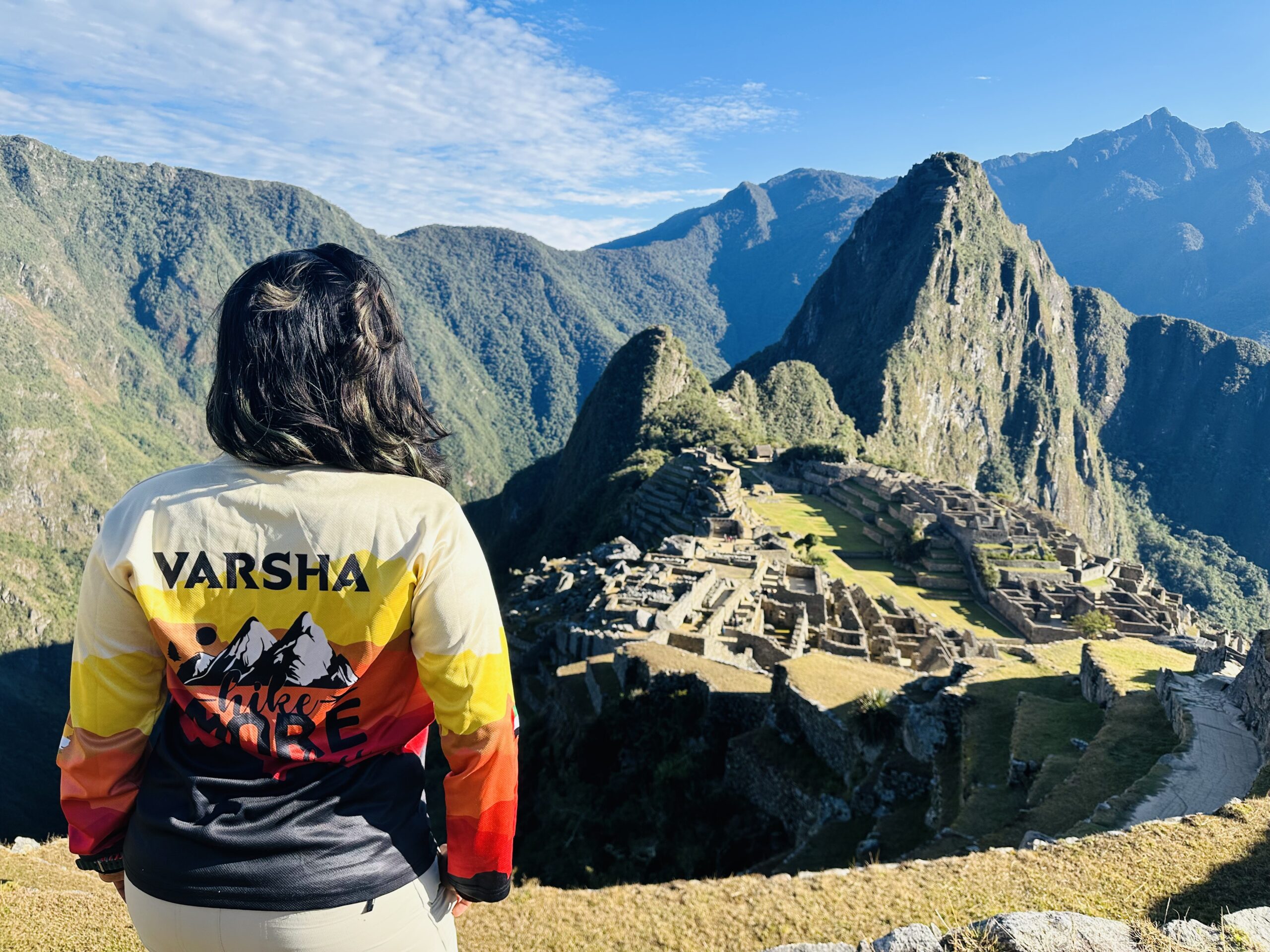As the plane dipped below the clouds and into Cusco’s cradle, I pressed my nose against the window like a kid. The Andes sprawled below like ancient guardians, silent and enormous, their ridges blushing under the late morning sun. My heart thudded in anticipation—and also from the sudden drop in oxygen.
Cusco. Former capital of the Inca Empire. 3,400 meters above sea level. Thin air, thick history.
I stepped off the plane, took a deep breath, and immediately regretted it. Breathing here felt like trying to sip soup through a straw. My Airbnb host had wisely sent Señor Carlos to pick me up, a man whose quiet presence and occasional chuckle made me feel like I was in good hands. He handed me a thermos of coca tea and motioned for me to drink. I did, obediently, trying to look like someone who chewed coca leaves on the regular.
The tea was earthy and slightly bitter, like green tea with a rebellious streak. Whether it actually helped with the altitude or not, I have no idea. But it felt ancient. Ritualistic. A welcome of sorts, not just to the city, but to a different pace of being.
My Airbnb was a charming little nook in San Blas—a neighborhood I hadn’t yet realized was perched on a hill that would soon be my cardiovascular nemesis. The host was an artist and had decorated the home with handwoven textiles, wooden sculptures, and a kind of rustic cheer. I flopped onto the bed, suddenly aware of the weight of my limbs.
But adventure doesn’t wait for acclimatization. Neither do alpacas.
I pulled myself up, laced my sneakers, and walked straight into a sensory overload. Cobblestone alleys, colonial archways, murals that looked like time itself had painted them. I wandered aimlessly, which I’ve found is the best way to meet a place for the first time.
The Plaza de Armas appeared before me like a painting I’d accidentally stepped into—majestic cathedrals, balconies with carved wooden rails, tourists chasing photo ops, and locals selling handmade jewelry. An old man in a poncho played Andean flute music on the steps of the cathedral, and it echoed in the thin air like a prayer.
I climbed toward San Blas, lungs burning, stopping often to “admire the view” (read: pant dramatically). I passed a courtyard where a group of kids played football and nearly collided with a group of tourists crowding around a woman holding a baby alpaca wearing sunglasses. The alpaca, not the woman. Obviously.
And then I met Don Miguel.
He was standing outside his workshop, carving tiny animals out of Andean marble. “Only five soles,” he said, holding out a miniature condor. I bought two. He showed me how each one was made and let me try a few chisels. I was terrible. He smiled anyway.
After that humbling display of craftsmanship, I wandered down to the San Pedro Market—a temple of smells, colors, and noise. I followed my nose to a coffee stall where an abuelita served me a steaming cup made from beans grown in the Sacred Valley. I sipped slowly while watching a vendor passionately explain the difference between llama wool and alpaca wool to a confused German couple.
I passed rows of herbs I couldn’t name, potions in recycled Inca Kola bottles, fresh cheese wrapped in banana leaves, and a chess set made entirely of conquistadors vs Incas. I almost bought it. I regret not buying it.
For lunch, I found a small cevichería tucked into the market’s far wall. The ceviche was sharp, citrusy, alive. Each bite felt like my taste buds had just bungee-jumped.
By then, the light had begun to shift. The sun dipped behind the mountains, casting long shadows over adobe roofs. I knew I should probably rest, let my body catch up with my enthusiasm. But curiosity won again.
As I meandered back through the narrow lanes, I saw a sign: Museo de la Coca. Out of breath and out of excuses, I stepped inside.
But that’s a story for another post.


